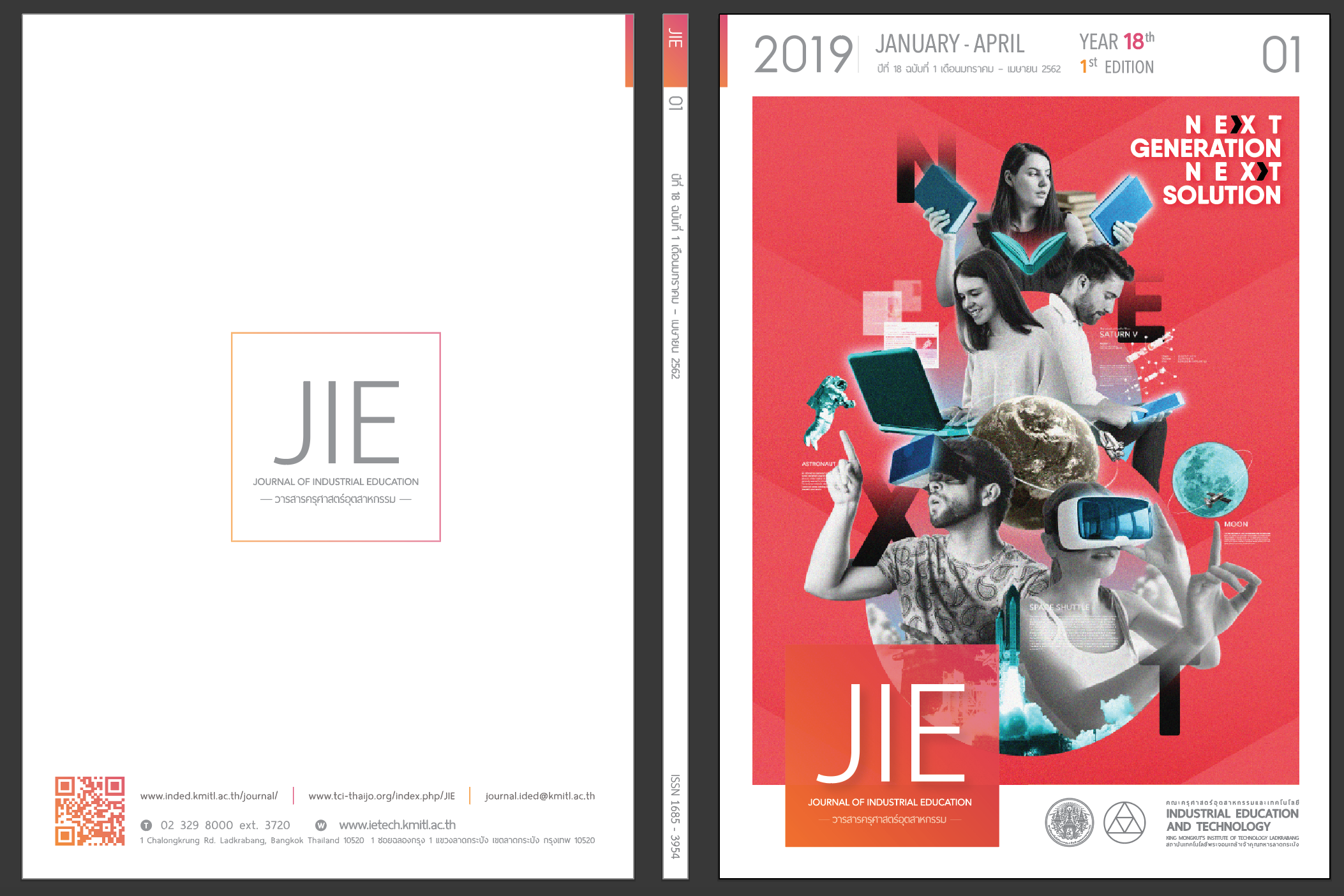PAIR PROGRAMMING LEARNING ACTIVITIES USING A COLLABORATIVE WEB DEVELOPMENT TOOL TO ENHANCE UNDERGRADUATE STUDENTS’ WEB PROGRAMMING ACHIEVEMENT
Keywords:
Pair Programming, Collaborative Web Development Tool, Web Programming AchievementAbstract
The purpose of this research was to develop learning activities and compare pretest and posttest scores and student satisfaction with pair programming learning activities using a collaborative web development tool to enhance undergraduate students' web programming achievement. The sample group were 39 undergraduate students majoring in a computer education program at Nakhonpathom Rajabhat University who were selected using purposive sampling. The research tools were learning activities and a learning plan, a collaborative web development tool, a pretest and posttest, and a student satisfaction evaluation. The statistics for data analysis were mean, standard deviation, and t-test for dependent variables. The research study revealed that the pair programming learning activities consisted of a preparation stage for preparing students; a learning activity stage for learning with a collaborative web development tool; and an evaluation stage for evaluating student learning achievement and student satisfaction. The appropriateness of learning activities was found to be at the great level (=4.64, S.D.=0.51). When the pretest and posttest were compared, it was found that the average mean scores on the posttest (
=31.49, S.D.=6.30) were significantly higher than those of the pretest (
=16.44, S.D.=4.29) at the 0.01 level. Student satisfaction was at the great level (
=4.65, S.D.=0.51).
References
Lonin, N., Sukkamart, A., & Pimdee, P. 2016. The development of web-base instruction for review on create a website using for bachelor students at bangkok suvarnabhumi university. Journal of industrial education, 15(1), pp. 179-186.
Partnership for 21st century learning. 2017. Framework for 21st Century Learning. Retrieved April 2, 2017, from https://www.p21.org/our-work/p21-framework
Preston, D. 2005. Pair programming as a model of collaborative learning: a review of the research. Journal of Computing Sciences in colleges, 20(4), pp. 39-45.
Beck, K. 1999. Extreme programming explained: embrace change. Massachusetts: Addison-Wesley Longman Publishing.
Preston, D. 2006. Using collaborative learning research to enhance pair programming pedagogy. ACM SIGITE Newsletter, 3(1), pp. 16-21.
The National Center for Women & Information Technology. 2017. Pair Programming-in-a-Box: The Power of Collaborative Learning. Retrieved April 5, 2017, from https://www.ncwit.org/resources/pair-programming-box-power-collaborative-learning
Nan, I., Kau, B., & Rugelj, J. 2008. Pair programming as a modern method of teaching computer science. International Journal of Emerging Technologies in Learning (iJET), (3), pp. 45-49.
Lee, R., & Ahlswede, T. 2007. Evaluating the usefulness of pair programming in a classroom setting. In Computer and Information Science, 2007. In 6th IEEE/ACIS International Conference, pp. 302-308.
Kongcharoen, C., & Hwang, W. Y. 2015. A study of pair-programming configuration for learning computer networks. In Ubi-Media Computing (UMEDIA) International Conference, pp. 369-375.
Seyam, M., et al. 2016. Teaching mobile application development through lectures, interactive tutorials, and Pair Programming. In Frontiers in Education Conference (FIE), pp. 1-9.
Zacharis, N. 2009. Evaluating the effects of virtual pair programming on students’ achievement and satisfaction. International Journal Of Emerging Technologies In Learning (IJET), 4(3),pp. 34-39.
Downloads
Published
How to Cite
Issue
Section
License
"The opinions and contents including the words in papers are responsibility by the authors."
"ข้อคิดเห็น เนื้อหา รวมทั้งการใช้ภาษาในบทความถือเป็นความรับผิดชอบของผู้เขียน"



